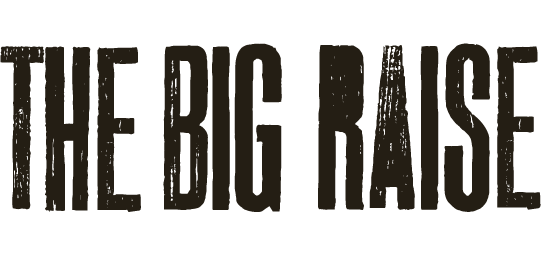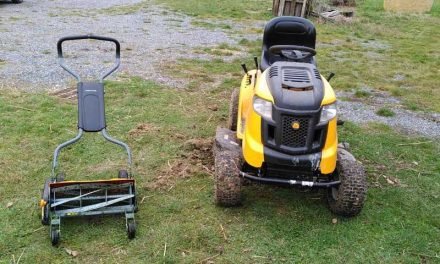You want milk for your breakfast, but you’re starting to think that cow’s milk, which is mostly brutally extracted from slave animals, which is hard to digest because it’s meant for calves not humans, and which has almost all the goodness removed from it in the pasteurisation/sterilisation/low fat/zero fat process, is not what you want. So, you start looking for a plant-based milk.
But there’s a catch. They come in unrecyclable Tetrapaks. I know that you’re told they can be recycled but really they can’t. Tetrapaks are made of thin sheets of plastic, card and sometimes metal – it’s a complicated process to take it all apart. And then to use the deconstructed elements constructively? Alice in Wonderland, Life on Mars, pigs flying etc. Tetrapak pay councils to collect them and then ship them to an expensive, energy-intensive, Potemkin recycling centre in Sweden. You’d do better to use the Tetrapaks as plant pots or something. But there’s probably a limit to how many etrapak plant pots you can use.
So, you decide to make your own plant-based milk. Almond for example. Seems pretty simple. Soak some almonds overnight, rinse them and then put them in a mixer with twice as much filtered water. Bingo. Add a spoonful of something sweet for extra pleasure. But there’s a catch here too. Where do the almonds come from?
If they’re coming from California (where apparently each nut requires a gallon of water to grow!!!), then it’s a definite no-no for all sorts of reasons, not least the fact that the Americans now pasteurize “raw” almonds, often with propylene oxide which is highly toxic. If they’re coming from Spain, Italy and the south of France, then it’s 50-50 because of the water problem, but on balance it’s just about ok if they’re certified organic because organic growers have to observe water conservation rules.
Next up – and we didn’t see this coming – is almond waste! What do you do with the almond waste from the mixing process?
We’ve come up with four possible uses:
1) Make it into a pesto: almond waste, herbs (rocket, red mustard, coriander, chervil, nettles etc.), pumpkin seeds (for texture), garlic, yeast flakes (to simulate parmesan), olive oil, lemon juice (optional), salt & pepper;
2) Make it into crumble: mix with flour and oil, bake, eat with stewed fruit;
3) Add it to your morning muesli; and
4) Add it to chia pudding (chia seeds & coconut milk)
So, there you have it. A permaculture zero waste solution to multiple problems: animal welfare; lactose intolerance; unrecyclable Tetrapaks; water, energy and toxin use in almond production; and almond waste. But boy was that a tough nut to crack!
P.S. Nick Tigg writes in to say that opening a can of coconut milk and diluting it with some water is a lot easier! Great suggestion, Nick. Coconuts require virtually no water to grow and metal cans can definitely be recycled.
P.P.S. We’re now using hazelnuts because we grow them here on the farm. It’s amazing how long it took to find the right solution!







